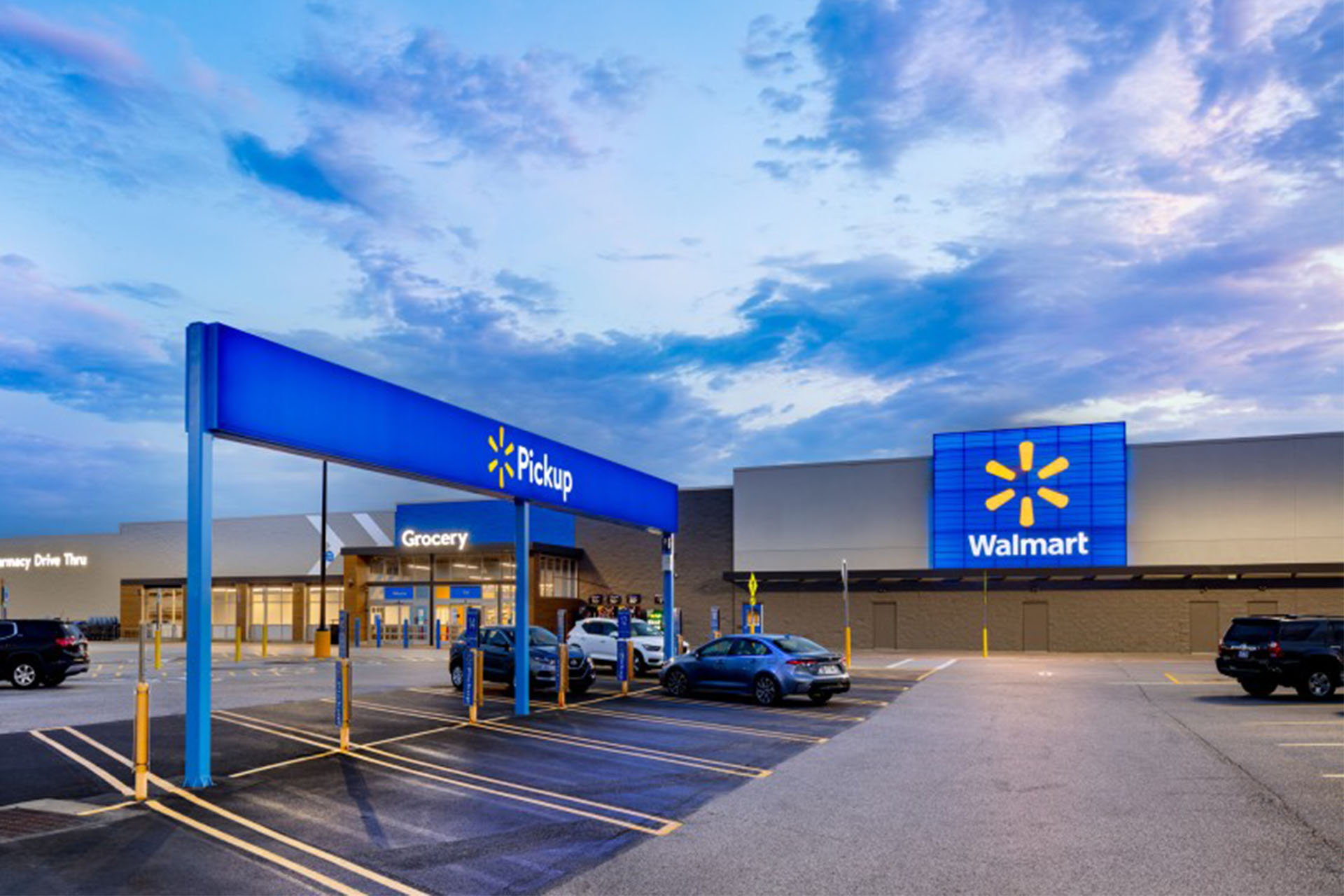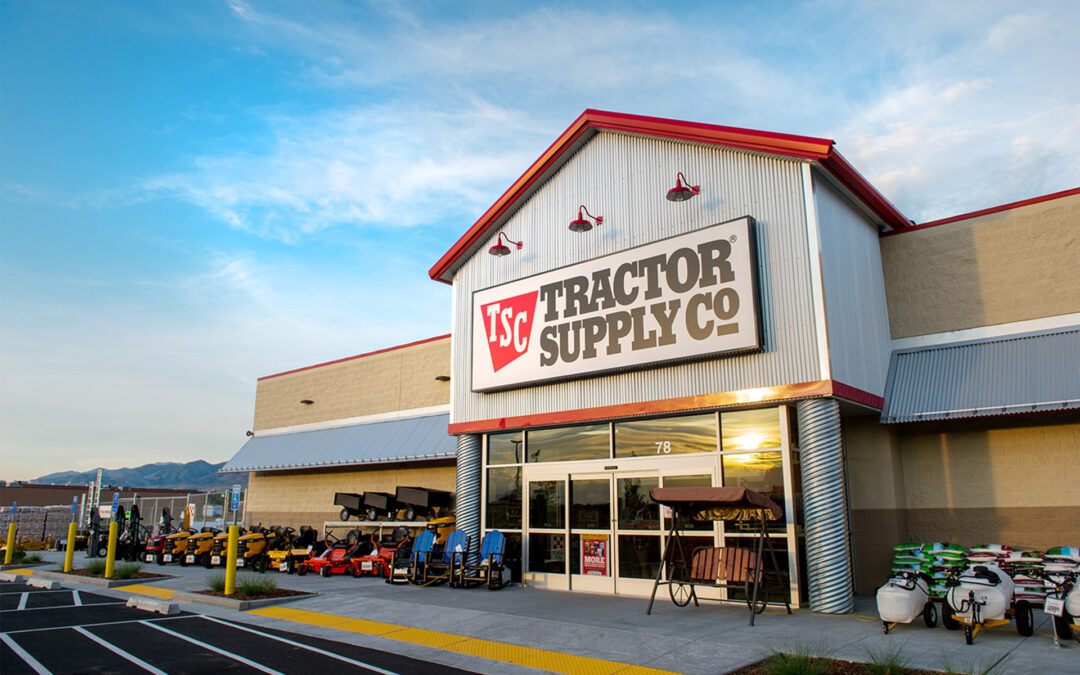CBRE Group, a commercial real estate services and investment firm, forecasts fourth-quarter holiday sales will increase by 3% this year, noting retailers generally have positioned themselves well for challenging marketplace conditions by improving operational efficiencies, putting better inventory controls in place and establishing more frugal reverse logistics procedures.
CBRE said its forecast for a 3% year-over-year, fourth-quarter sales gain at retail compares with a 7.5% gain in 2022 and a 14.6% surge in 2021. The real estate and investment company cited rising credit-card debt and higher interest rates as among the factors that are shaking consumer confidence.
CBRE stated consumers in the United States enter this holiday season with strengths and weaknesses, which makes for greater economic uncertainty. Wage growth has exceeded inflation for most of this year, the company noted, and the 3.8% unemployment rate as of September is well below the long-term average of 5.7%. However, the personal savings rate fell to 3.9% in August, less than half of the long-term average of 8.8%. Total credit card debt reached $1.03 trillion by the middle of 2023, up by 14% from a year ago, but the average debt service payment as a percentage of disposable income remained significantly below historical averages at less than 10%.
Other consumer spending challenges, including increased housing costs and the resumption of student loan payments, could begin to affect spending. Student debt totaled $1.57 trillion or 9% of total consumer debt as of the second quarter. Debt service on student loans could total $10.4 billion per month, or $31.3 billion per quarter, assuming a 20-year payment period and the 20-year average interest rate of 5.09%. In all, student loan payments could limit spending power by about 2% of the projected $1.5 trillion in total consumer spending for the fourth quarter and materially impact the retail industry.
Net absorption of available retail space increased in the third quarter from the second, lowering the overall availability rate to just 4.8%. The level is the lowest since CBRE began tracking the market in 2005, the company pointed out. Pop-up shops that tend to proliferate during the holiday shopping season have found it harder to secure space this year, especially in the strongest markets and trade areas.
Lower container volume at major U.S. ports year over year reflects lower demand for foreign-made products, which might indicate a lack of retailer confidence in demand, according to CBRE. However, since the pandemic, U.S. retailers have significantly increased their warehouse space to stockpile more inventory and avoid any potential supply chain disruptions, CBRE maintained, adding more on-shoring of manufacturing operations also has led to less need for imported goods.
More efficient reverse logistics operations, including the processing of returned items, have tempered the need for more warehouse space. Brick-and-mortar stores have taken on a larger reverse logistics role. More than half of respondents to CBRE’s 2022 Global Live-Work-Shop survey said they prefer returning online purchases in-store, compared with just under 20% who prefer returning items by mail, and that could generate more in-store foot traffic, as online returns have been increasing. Consumers returned a weekly average of 13.1% of online orders in the 2022 holiday shopping season versus 8.4% in 2021, according to CBRE, which cited eMarketer research.





